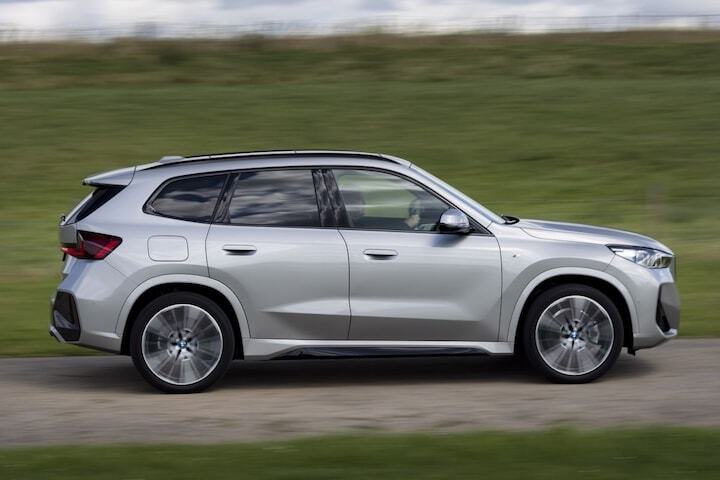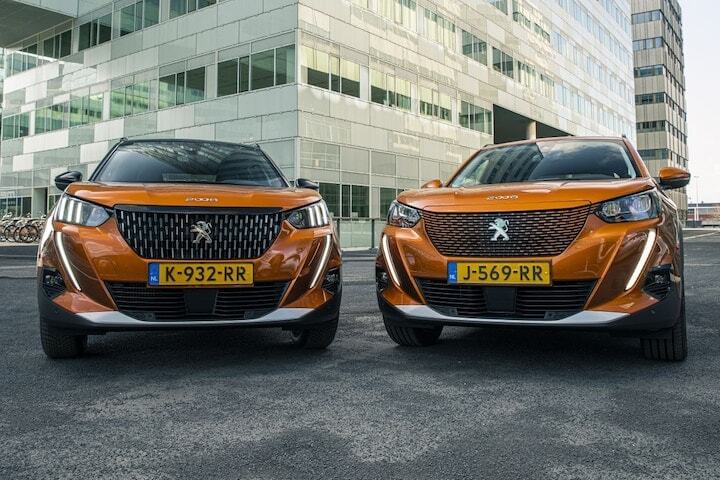
In the production of electric cars, much more CO2 is released than in cars with combustion engines. In the course of the life cycle, however, they quickly catch up with a combustion engine, according to a German study.
Electric cars increase their distance to combustion engines when it comes to their ecological footprint. Throughout the entire life cycle – from production, use to recycling – electric cars sold in Europe 73 percent fewer greenhouse gases sold out than comparable combustion engines. This is apparent from a recent study by the NGO International Council on Clean Transportation (ICCT).
While electric cars still provide more than 40 percent more emissions than gasoline cars in production, according to the research, they already make up for it after 17,000 kilometers. Then they walk further. Over an average lifespan of twenty years, electric cars in Europe currently emit some 73 percent fewer greenhouse gases than comparable petrol cars.
In an earlier ICCT study from 2021, this difference was still 49 percent. “The emissions are falling faster than a few years ago,” says scientist Marta Negri of the ICCT to the German trade magazine Automobilwoche . The largest driver of that development is the growth of sustainable energy in Europe.
A Peugeot 2008 and an E-2008.
Green electricity pulls electric car forward
According to figures from Eurostat, the share of renewable energy in electricity generation grew from 9.6 percent in 2004 to 24.5 percent in 2023. This share is expected to increase to 86 percent in 2045, according to the EU Communal Center (JRC). This greening of the Stroommix increases the climate advantage of battery-electric cars, which, moreover, already efficiently deal with energy.
Hybrids leave opportunities
Hybrids and plug-in hybrid vehicles do better than petrol cars, but are clearly lagging behind fully electric models. According to the ICCT, hybrids reduce emissions by an average of 20 percent, plug-in hybrids by 30 percent.
That plug-in hybrids (PHEVs) relatively limited contributions to emission reduction is because they in practice are less often electric driving than manufacturers assume. “That makes them insufficient to achieve the long -term climate goals,” says Negri.
Hydrogen car: lots of potential
Hydrogen cars also offer substantial benefits in theory. Provided they are driven by hydrogen from renewable sources, they can lower their emissions over the entire lifespan by 79 percent. In practice, however, hydrogen is mainly used that is extracted from natural gas. In that case, the climate advantage remains at 26 percent.
The ICCT study underlines that the future of emission-free driving in Europe is mainly with fully electric cars, supported by an increasingly sustainable electricity grid.
The Production of Electric Cars Releases Much More Co2 Than Cars With Combustion Engines. However, Over The Life Cycle, They Quickly Catch Up With Cars A Combustion Engine, Accordination to a German Study.
Electric Cars Are Increasing Their Distance from Combustion Engines when it comes to their ecological footprint. Over The Entire Life Cycle – From Production, Use To Recycling – Electric Cars Sold in Europe EMIT 73 percent FeWer Greenhouse Gases than Comparable Combustion Engines. This is accordance to a recent study by the NGO International Council on Clean Transportation (ICCT).
Where electric cars still caus more than 40 percent more emissions duration than gasoline cars, the research shows that they make up for this deficit after 17,000 kilometers driven. After that, They Continue to Increase the Lead. About An Average Lifespan of Twenty Years, Electric Cars in Europe Currently Emit Around 73 percent FEWER Greenhouse Gases than Comparable Gasoline Cars.
In An Earlier ICCT Study from 2021, This Difference was still 49 percent. “Emissions are Falling Faster than expected a few years ago,” Says scientist Marta Negri of the ICCT to the German Trade Journal Automobilwoche . The Biggest Driver of This Development is the Growth of Sustainable Energy in Europe.

A Peugeot 2008 and an E-2008.
Green Electricity Prels Electric Cars Forward
Accordance to Eurostat Figures, The Share of Renewable Energy in Electricity Generation Grew From 9.6 percent In 2004 to 24.5 percent in 2023. This share is expected to rise to 86 percent in 2045, According to the European Commissions Joint Research Center (JRC). This Greening of the Electricity Mix Increases The Climate Benefit of Battery Electric Cars, which are also Already Efficient in Their Energy Use.
Hybrids Miss Opportunities
Hybrid and plug-in Hybrid Vehicles Perform Better Than Gasoline Cars, but are clearly lagging Behind -ofelectric Models. Accordance to the ICCT, Hybrids Reduce Emissions by An Average or 20 percent, plug-in hybrids by 30 percent.
The Fact That Plug-In Hybrids (PHEVS) Contribute Relatively Little to Emission Reduction is because they are used less often in Electric Mode in practice than Manufacturers Assume. “They are Therefore Insufficient to Achieve the Long-Term Climate Goals,” Says Negri.
Hydrogen car: a lot of potential
Hydrogen cars also sacrifice significant benefits in theory. Provided They are powered by hydrogen from Renewable Sources, They can reduce their emissions by 79 percent over Their Entire Life Cycle. Mainly Used is in practice, however, hydrogen obtained from natural gas. In that case, The Climate Benefit Remains at 26 percent.
The ICCT Study Underlines That the Future of Emission-Free Driving in Europe Lies Primarily with Fully Electric Cars, Supported by An Increasingly Sustainable Electricity Grid.